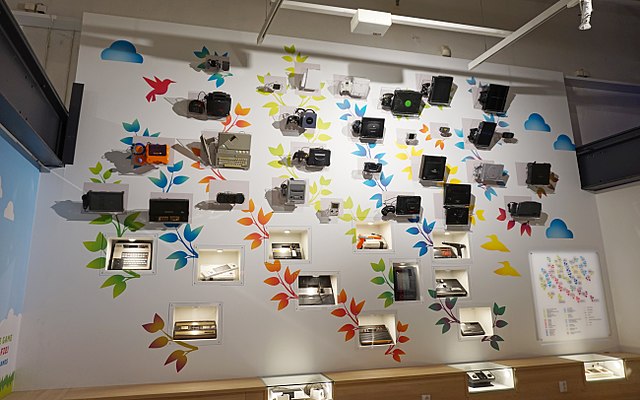3DO Interactive Multiplayer
The 3DO Interactive Multiplayer, also referred to as simply 3DO, is a home video game console developed by The 3DO Company. Conceived by entrepreneur and Electronic Arts founder Trip Hawkins, the 3DO was not a console manufactured by the company itself, but a set of specifications, originally designed by Dave Needle and RJ Mical of New Technologies Group, that could be licensed by third parties. Panasonic produced the first models in 1993, and further renditions of the hardware were released afterwards by GoldStar, Sanyo, Creative Labs, and Samsung Electronics in 1997.
Panasonic FZ-1 R.E.A.L. 3DO Interactive Multiplayer
Panasonic FZ-1 R·E·A·L 3DO Interactive Multiplayer
Panasonic FZ-10 R·E·A·L 3DO Interactive Multiplayer
GoldStar (LG) 3DO Interactive Multiplayer
A home video game console is a video game console that is designed to be connected to a display device, such as a television, and an external power source as to play video games. While initial consoles were dedicated units with only a few games fixed into the electronic circuits of the system, most consoles since support the use of swappable game media, either through game cartridges, optical discs, or through digital distribution to internal storage.
A collection of home video game consoles, arranged in chronological order from bottom to top, at The Finnish Museum of Games, Tampere




